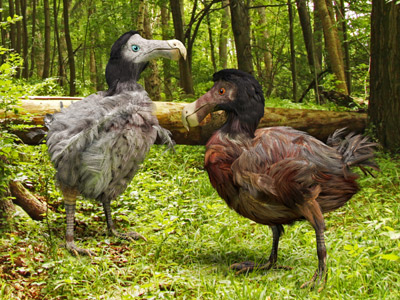
Biology - Environmental Change (AQA)
As a part of GCSE Science, students will look at interdependence and adaptation. This is the last of three quizzes on the subject and it looks in particular at the effect environmental change has on the organisms that live in a particular habitat. This covers the effect of human activities, such as farming and pollution, but also natural changes and simple changes which can be observed, such as changing the habitat of woodlice.
Changes in the environment affect the distribution of living organisms in a habitat. Such changes may be caused by living or non-living factors such as the arrival of a new competitor, or changes in the average temperature or rainfall. These changes have an effect on the organisms found in that habitat. Populations of the organisms that are better adapted to the environmental change will increase whilst poorly adapted ones will decrease. Organisms that are highly specialised can disappear entirely as a result of environmental changes.
It is for that reason that certain species can be used as 'indicator species' for pollution in air or water. Some forms of pollution, especially in water, are obvious, however, others, such as dissolved salts or low oxygen levels, are not so easy to see. To monitor those all the time would be costly and involve lots of time consuming analytical tests. Indicator species provide an easy to see and quick method of qualitatively checking air and water pollution.
Algae and lichens are sensitive to any air pollution, particularly sulfur dioxide. Observing these can tell environmental scientists whether or not the air is polluted. In water, the larvae of certain species are very sensitive to pollution. If they disappear from a stream or river, environmental scientists need to find out why and where the pollution is coming from. The opposite is true too, if they are found in places where they were not originally seen, then the water has become cleaner.
Ready for more?
not all...
quizzers. Try to win a coveted spot on our Hall of Fame Page.







